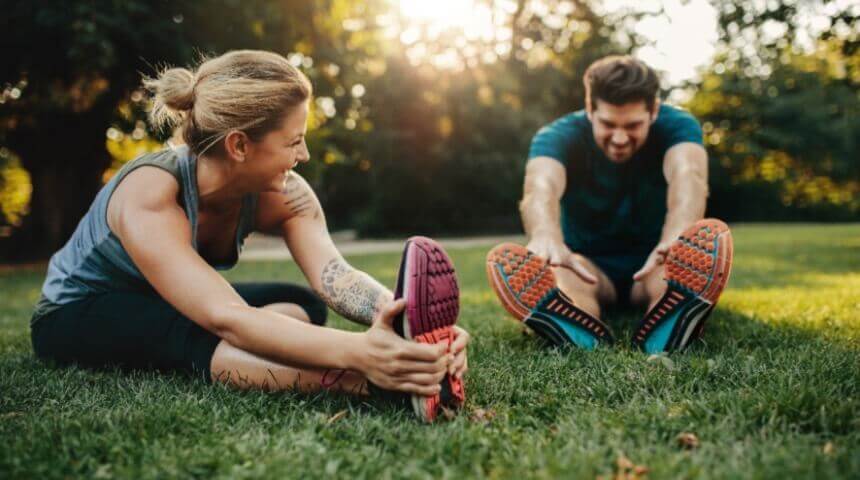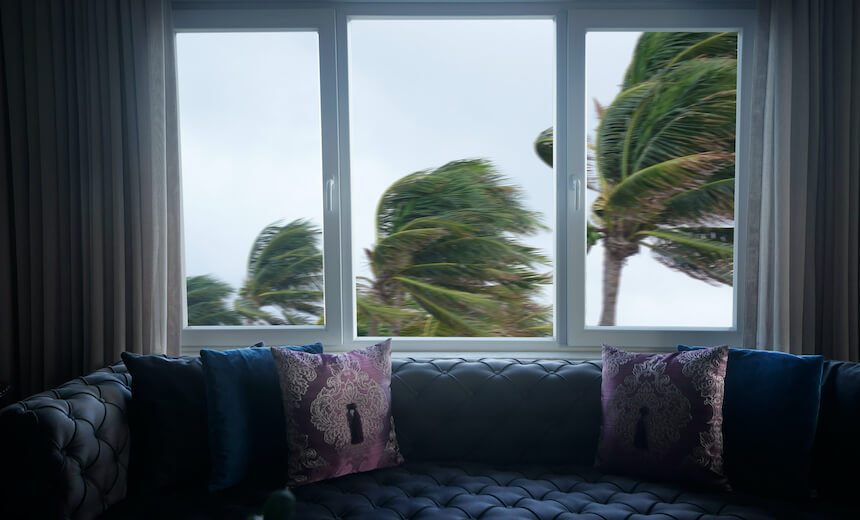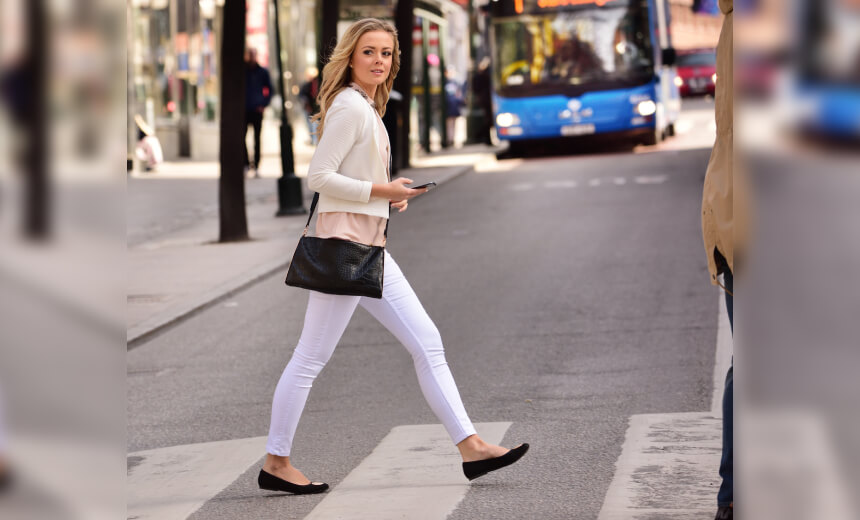Whether it’s the sand between your toes or the tickle of grass beneath your feet, there’s nothing like the feeling of going barefoot. And in Florida, it’s warm enough to go shoeless almost all year long.
Going barefoot does have its pros and cons, however. Knowing both sides can help you make the best decision for your tootsies.
Kick Your Heels Off
Going barefoot can help improve your foot strength, circulation, posture and balance. Walking barefoot more closely restores your natural gait, and you have better control of your foot position when it strikes the ground. You have better foot mechanics, which extends to the knees, hips and core, making your entire body feel better.
Since you use more muscles, ligaments and tendons while barefoot, you strengthen your feet and can improve the range of motion within the joints of the feet.
Going barefoot also relieves your feet from tight socks or shoes that don’t fit well or have high heels.
Keep Your Shoes On
On the other hand, if you’re not used to walking without shoes on, you’re putting more pressure on the joints, which could cause a lot of pain. You’re also more susceptible to injuries without any barrier to protect your toes or the soles of your feet.
Beyond that, wearing shoes protects you from infections, fungi (athlete’s foot), puncture wounds and cuts.
What About Inside the House?
In some places, people don’t wear shoes inside. It may be cultural or habitual, and while the same pros and cons for wearing shoes outside apply to wearing them indoors, there’s one added reason to shed your shoes when you come inside: Hygiene. Everything you step on when you are outside is tracked into your house on the bottom of your shoes. Bacteria from pet waste on the ground or splashes on the floor from restroom toilets can make their way onto your shoe soles and into your kitchen.
A safer option is to take your shoes off at your door. If hard ceramic or porcelain tile flooring makes your feet hurt — or if you’re concerned about a foot injury occurring indoors — consider keeping a pair of inside-only shoes or slip-resistant socks at the door to put on when you take your shoes off.
Keep Your Feet Healthy
Whether you plan to wear shoes or not, proper foot care is essential. Keep your feet clean and dry and examine them daily for any abnormalities like cuts or blisters. If you’re going outside, don’t forget to apply sunscreen on the tops of your feet so they stay protected.
Your shoes should help keep your feet healthy too. When you put on shoes, make sure they fit well. I usually recommend against wearing extremely flat or thin shoes because they do not offer enough support or shock absorption. Shoes with heels higher than three inches can cause tendon issues and contribute to bunion or hammertoe development. Flip-flops also can cause hammertoes due to the gripping action they require.
If you have diabetes, circulation problems or neuropathy, you should see a podiatrist yearly. That annual foot check decreases the likelihood of long-term issues.
If you’re starting an exercise program, a foot specialist can suggest the right shoe gear for your foot type.
When your feet hurt, nothing else feels quite right. But, by taking care of your feet, you can ensure they’ll be happy, whether you’re wearing shoes or not.
Choose to Stay in Touch
Sign up to receive the latest health news and trends, wellness & prevention tips, and much more from Orlando Health.
Sign Up










